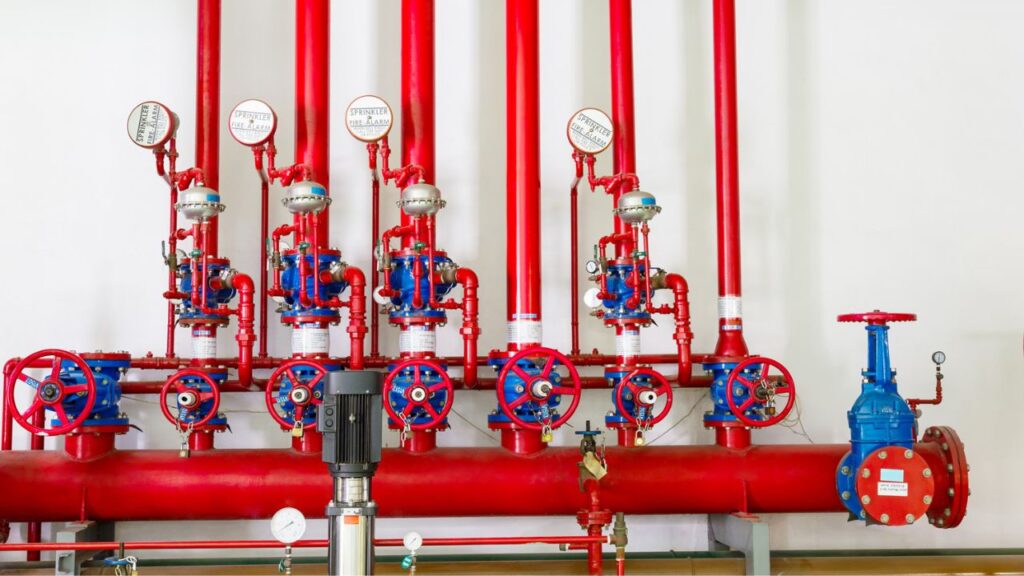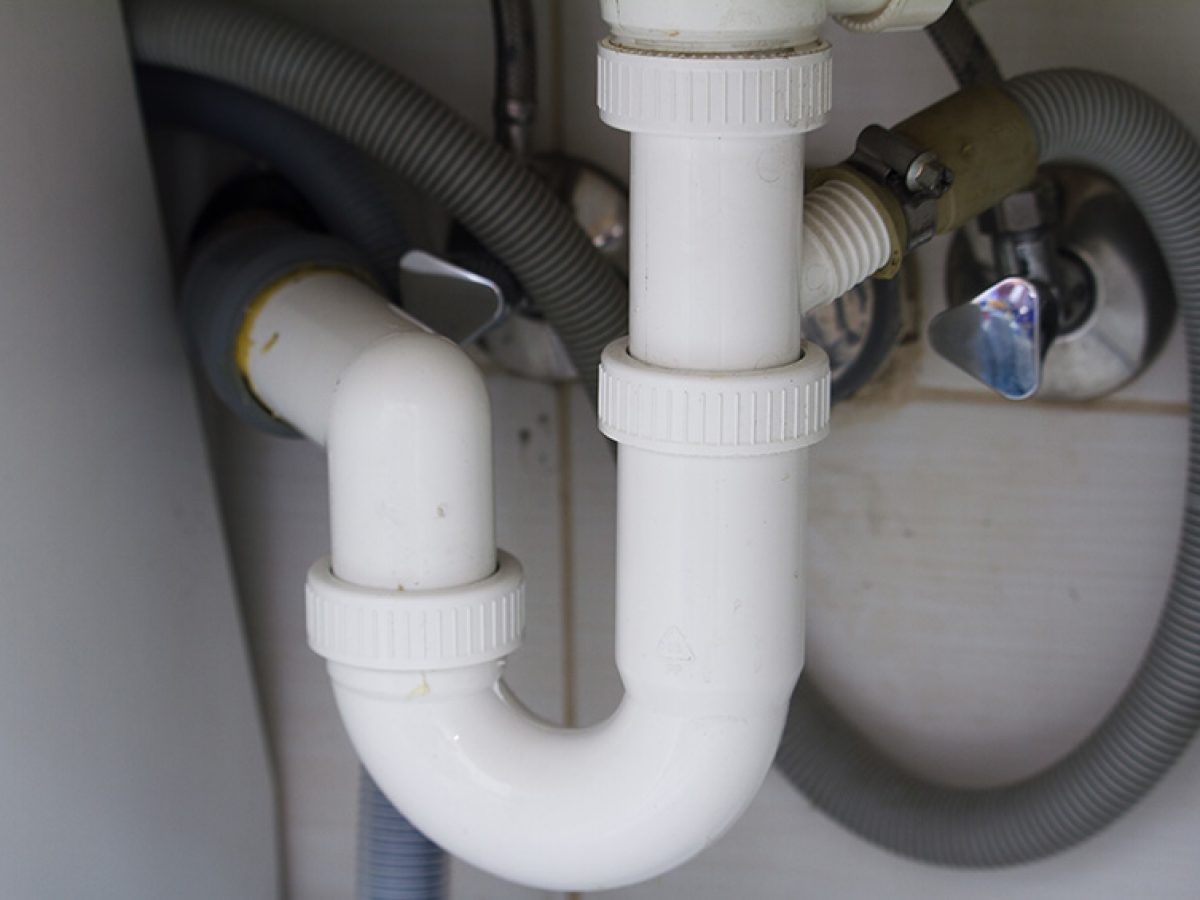The Essential Elements of Your House's Plumbing System
The Essential Elements of Your House's Plumbing System
Blog Article
What're your thoughts on Plumbing Installation 101: All You Need to Know?

Understanding how your home's pipes system works is crucial for each homeowner. From supplying tidy water for drinking, food preparation, and bathing to securely eliminating wastewater, a well-maintained pipes system is essential for your household's health and wellness and convenience. In this detailed overview, we'll check out the intricate network that composes your home's pipes and offer pointers on maintenance, upgrades, and taking care of common problems.
Intro
Your home's plumbing system is greater than simply a network of pipelines; it's an intricate system that ensures you have access to tidy water and effective wastewater elimination. Understanding its parts and exactly how they work together can aid you avoid expensive repairs and guarantee whatever runs smoothly.
Basic Parts of a Pipes System
Pipes and Tubes
At the heart of your plumbing system are the pipelines and tubing that carry water throughout your home. These can be made of different products such as copper, PVC, or PEX, each with its advantages in regards to resilience and cost-effectiveness.
Components: Sinks, Toilets, Showers, etc.
Fixtures like sinks, bathrooms, showers, and bathtubs are where water is utilized in your house. Comprehending just how these fixtures link to the pipes system assists in detecting problems and intending upgrades.
Valves and Shut-off Points
Shutoffs control the circulation of water in your pipes system. Shut-off valves are vital during emergencies or when you require to make repairs, enabling you to separate parts of the system without disrupting water flow to the whole residence.
Supply Of Water System
Key Water Line
The main water line connects your home to the local water system or a personal well. It's where water enters your home and is dispersed to various fixtures.
Water Meter and Stress Regulatory Authority
The water meter measures your water usage, while a stress regulatory authority ensures that water streams at a secure stress throughout your home's plumbing system, avoiding damages to pipelines and fixtures.
Cold Water vs. Warm water Lines
Recognizing the distinction between cold water lines, which supply water straight from the major, and warm water lines, which carry heated water from the water heater, assists in repairing and preparing for upgrades.
Drainage System
Drain Pipeline and Traps
Drain pipes bring wastewater far from sinks, showers, and commodes to the sewage system or septic system. Catches prevent sewage system gases from entering your home and also trap debris that could cause blockages.
Ventilation Pipelines
Air flow pipelines permit air right into the water drainage system, protecting against suction that can slow drainage and cause traps to empty. Proper ventilation is important for preserving the stability of your plumbing system.
Significance of Correct Water Drainage
Ensuring appropriate drain stops backups and water damage. Frequently cleaning up drains and preserving traps can prevent costly repairs and extend the life of your plumbing system.
Water Furnace
Kinds Of Water Heaters
Water heaters can be tankless or standard tank-style. Tankless heating units warm water on demand, while tanks store warmed water for prompt usage.
Exactly How Water Heaters Connect to the Pipes System
Recognizing just how water heaters attach to both the cold water supply and warm water circulation lines assists in detecting problems like inadequate hot water or leakages.
Upkeep Tips for Water Heaters
Frequently flushing your water heater to get rid of debris, inspecting the temperature setups, and inspecting for leakages can extend its lifespan and boost power performance.
Typical Plumbing Concerns
Leaks and Their Causes
Leakages can happen due to maturing pipelines, loosened fittings, or high water pressure. Resolving leaks promptly protects against water damage and mold and mildew growth.
Obstructions and Obstructions
Clogs in drains pipes and bathrooms are often brought on by flushing non-flushable things or a build-up of oil and hair. Using drainpipe screens and bearing in mind what decreases your drains can prevent obstructions.
Signs of Pipes Issues to Expect
Low water stress, sluggish drains pipes, foul odors, or uncommonly high water costs are indications of possible plumbing troubles that ought to be resolved quickly.
Plumbing Upkeep Tips
Routine Examinations and Checks
Arrange yearly plumbing assessments to catch problems early. Look for indicators of leaks, deterioration, or mineral buildup in taps and showerheads.
DIY Maintenance Tasks
Straightforward jobs like cleaning tap aerators, checking for bathroom leakages using dye tablet computers, or insulating subjected pipelines in cool climates can stop significant plumbing issues.
When to Call an Expert Plumbing Professional
Know when a plumbing problem calls for professional know-how. Attempting complicated repair services without correct knowledge can cause more damages and greater repair costs.
Updating Your Plumbing System
Reasons for Upgrading
Updating to water-efficient components or replacing old pipes can enhance water top quality, reduce water bills, and boost the value of your home.
Modern Pipes Technologies and Their Advantages
Explore modern technologies like smart leak detectors, water-saving toilets, and energy-efficient water heaters that can save cash and minimize ecological impact.
Cost Considerations and ROI
Determine the ahead of time prices versus lasting cost savings when thinking about plumbing upgrades. Many upgrades spend for themselves via decreased utility bills and less fixings.
Ecological Impact and Conservation
Water-Saving Fixtures and Appliances
Setting up low-flow faucets, showerheads, and bathrooms can considerably reduce water use without giving up performance.
Tips for Decreasing Water Usage
Easy practices like fixing leakages immediately, taking shorter showers, and running full lots of washing and dishes can conserve water and reduced your utility bills.
Eco-Friendly Plumbing Options
Consider lasting pipes materials like bamboo for floor covering, which is durable and environmentally friendly, or recycled glass for countertops.
Emergency situation Preparedness
Actions to Take During a Plumbing Emergency situation
Know where your shut-off valves are located and exactly how to switch off the water supply in case of a burst pipe or major leakage.
Importance of Having Emergency Situation Contacts Convenient
Keep contact info for regional plumbing professionals or emergency services easily available for fast feedback during a pipes dilemma.
DIY Emergency Situation Fixes (When Applicable).
Short-lived solutions like utilizing air duct tape to patch a dripping pipeline or positioning a container under a dripping tap can lessen damage up until a professional plumbing professional arrives.
Conclusion.
Recognizing the makeup of your home's pipes system empowers you to keep it properly, conserving time and money on repair work. By following normal upkeep regimens and staying informed regarding modern plumbing modern technologies, you can guarantee your plumbing system operates successfully for years ahead.
HOW YOUR PLUMBING SYSTEM WORKS
Which Pipes Do What?
Blue lines = fresh water supply entering the building
Red lines = hot water supply entering the building
Grey lines = pipes carrying waste away from the building and venting pipes carrying gases away from the building (through the roof)
YOUR MAIN PLUMBING SYSTEMS
There are two main plumbing systems that support your home s basic plumbing needs one that brings clean water into your home, and one that sends dirty water away from your home. Connected to the toilet, bath, shower, and other faucets in your home, these two systems keep your water flowing in the right directions.
ACCESSING FRESH WATER
Fresh and clean water is brought into your home through the main water supply line . Filtered through one pipe, this water is pressured to flow into the various fixtures in your home at any given time.
This water can be sourced from a well located on your property, a pond or river (mostly cottages), or, as in most cases, from the city s municipal water treatment centre. However, it is important to note that water that is untreated, such as the water siphoned from ponds or rivers, may not be safe to drink. Personal water supplies always need to be treated for hardness and contaminants before consumed.
MUNICIPAL WATER SUPPLIES
Improve taste and odour
Remove sediment
Eliminate hardness
Reduce chlorine
COLD WATER SUPPLY VS. HOT WATER SUPPLY
Cold water flows into your home or building through the service line, which then distributes hot or cold water to your fixtures. This line is most commonly run through a central column that runs floor to floor. Hot water runs in short and straight pipes as the longer the pipeline, the more heat that will be lost in the transfer. Having shorter pipes also allows residents to access hot water more quickly.
WASTE WATER SYSTEM
Your wastewater system is divided into two parts pipes that send wastewater away from your home and venting pipes that send sewer gas away from your home. Sewage water travels through pipes that flush the water and waste towards local sewers that are operated and managed by your city or town. Most sewer systems rely on gravity to move the wastewater to where it needs to go.
The further away from your toilet or sink, the larger wastewater pipes become. This allows for waste to be disposed of from various parts of your home or business at once without pipe blockages. The angle and flow of these pipes are also essential for keeping your waste pipes clear of build up.
https://harrisplumbing.ca/how-your-home-plumbing-system-works/

HOW YOUR PLUMBING SYSTEM WORKS
Which Pipes Do What?
YOUR MAIN PLUMBING SYSTEMS
There are two main plumbing systems that support your home s basic plumbing needs one that brings clean water into your home, and one that sends dirty water away from your home. Connected to the toilet, bath, shower, and other faucets in your home, these two systems keep your water flowing in the right directions.
ACCESSING FRESH WATER
Fresh and clean water is brought into your home through the main water supply line . Filtered through one pipe, this water is pressured to flow into the various fixtures in your home at any given time.
This water can be sourced from a well located on your property, a pond or river (mostly cottages), or, as in most cases, from the city s municipal water treatment centre. However, it is important to note that water that is untreated, such as the water siphoned from ponds or rivers, may not be safe to drink. Personal water supplies always need to be treated for hardness and contaminants before consumed.
MUNICIPAL WATER SUPPLIES
COLD WATER SUPPLY VS. HOT WATER SUPPLY
Cold water flows into your home or building through the service line, which then distributes hot or cold water to your fixtures. This line is most commonly run through a central column that runs floor to floor. Hot water runs in short and straight pipes as the longer the pipeline, the more heat that will be lost in the transfer. Having shorter pipes also allows residents to access hot water more quickly.
WASTE WATER SYSTEM
Your wastewater system is divided into two parts pipes that send wastewater away from your home and venting pipes that send sewer gas away from your home. Sewage water travels through pipes that flush the water and waste towards local sewers that are operated and managed by your city or town. Most sewer systems rely on gravity to move the wastewater to where it needs to go.
The further away from your toilet or sink, the larger wastewater pipes become. This allows for waste to be disposed of from various parts of your home or business at once without pipe blockages. The angle and flow of these pipes are also essential for keeping your waste pipes clear of build up.
https://harrisplumbing.ca/how-your-home-plumbing-system-works/
As an avid person who reads on Plumbing Installation 101: All You Need to Know, I figured sharing that piece of content was really helpful. Enjoyed our piece of writing? Please quickly share it. Help someone else find it. Many thanks for going through it.
Find Out More Report this page